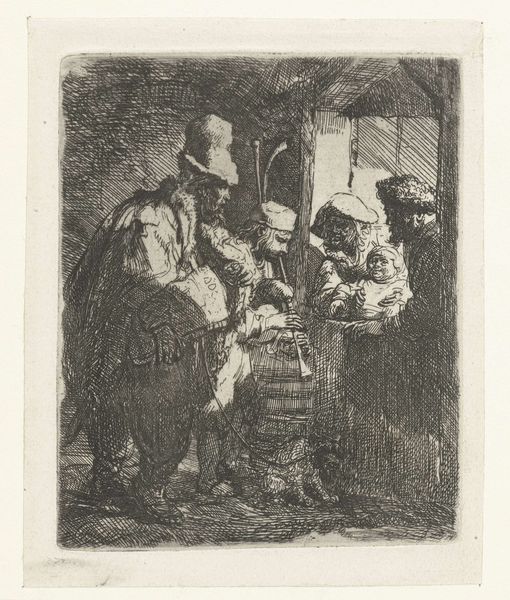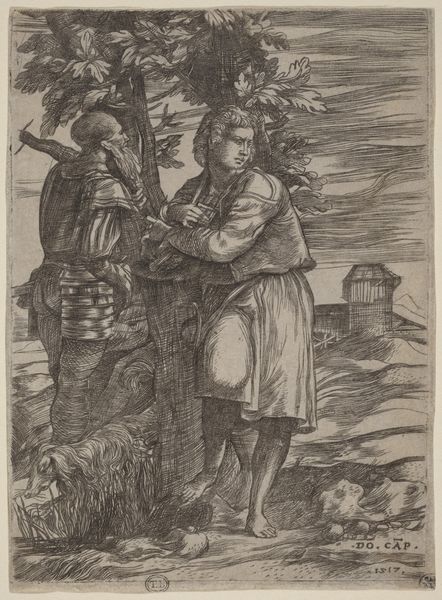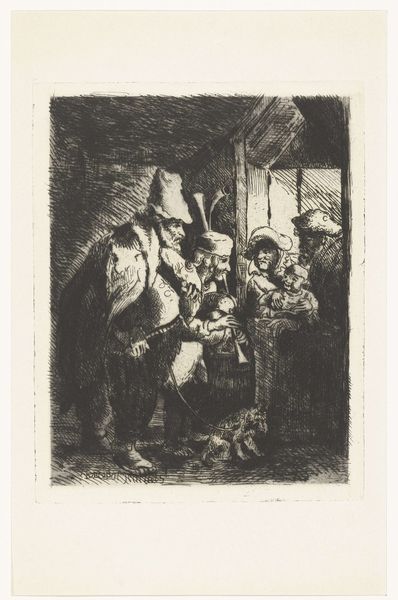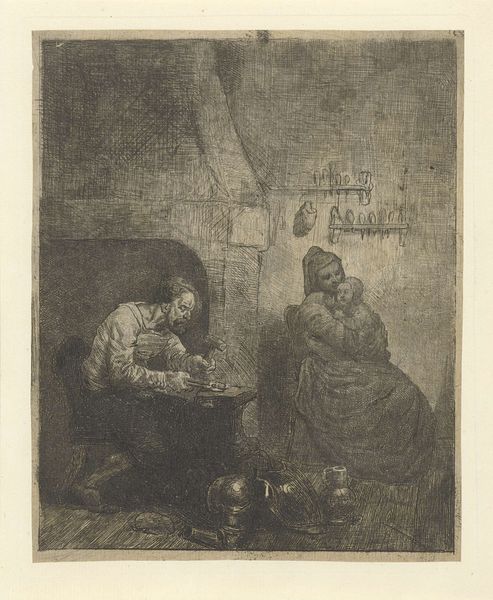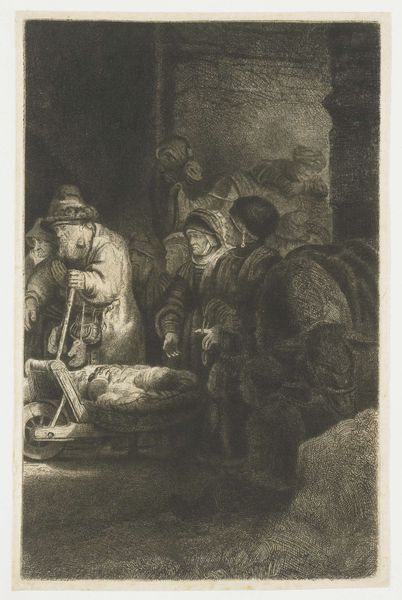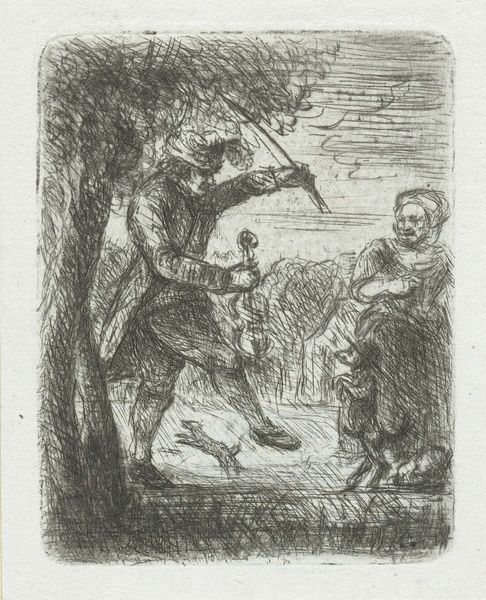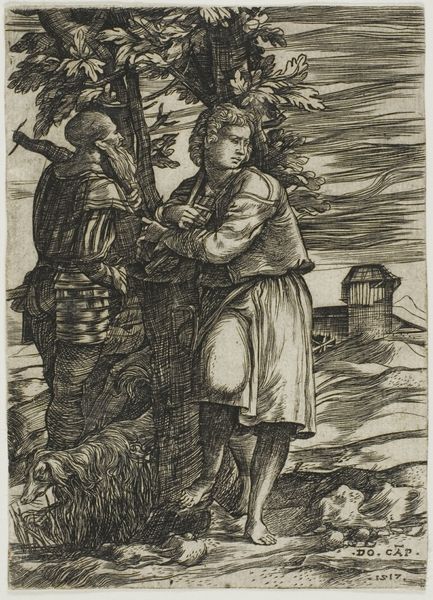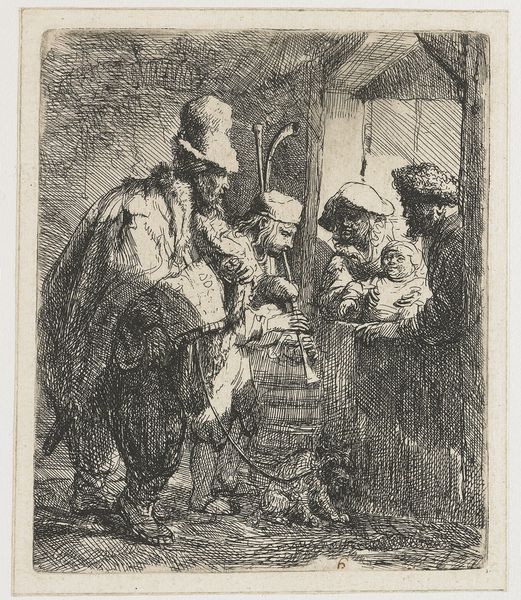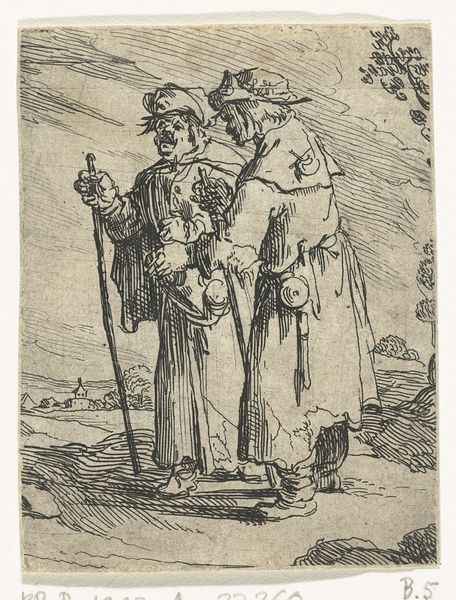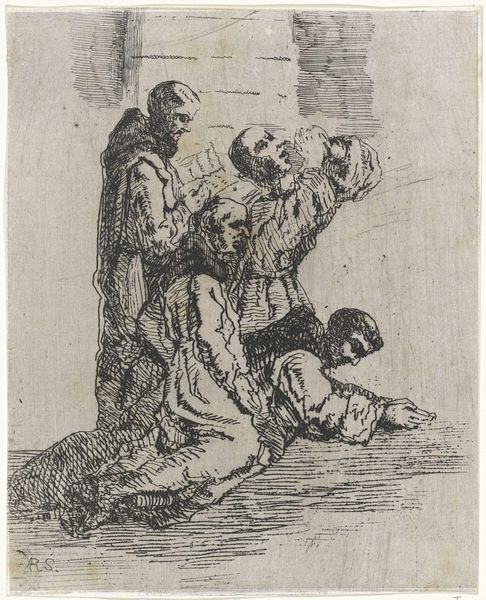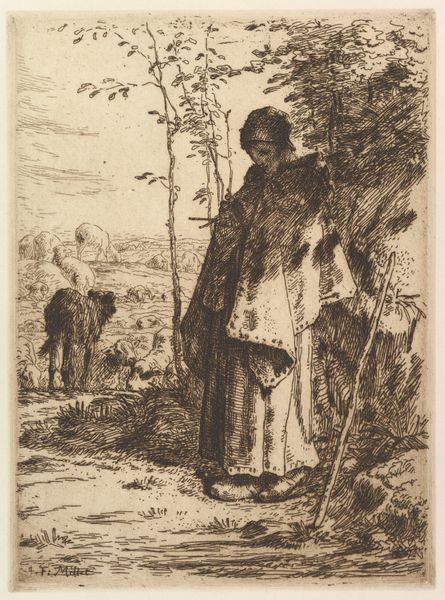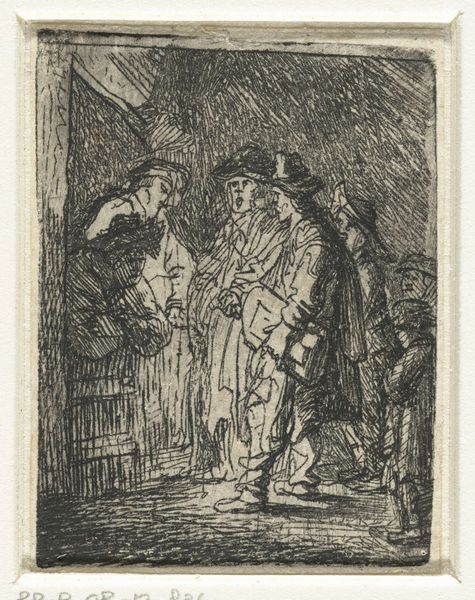
drawing, print, engraving
#
portrait
#
drawing
# print
#
romanticism
#
orientalism
#
genre-painting
#
engraving
Copyright: Public domain
Editor: We’re looking at Eugène Delacroix's "Jewish Woman of Algiers," a print from 1833. The rendering is quite detailed, creating an intimate scene. I'm curious, how do you interpret this work through a contemporary lens? Curator: It’s essential to understand Delacroix within the context of 19th-century Orientalism, where the "Orient" was often depicted through a Western, colonial gaze. How does the portrayal of the Jewish woman here reflect or challenge power dynamics of the time? Consider who had the power to represent and who was being represented. Editor: I see. The woman is central, but is she being presented as an "other"? The gaze, her posture… are these choices made by the artist or genuine depictions? Curator: Exactly! This invites critical engagement. Are we seeing an authentic portrayal or a constructed image influenced by Delacroix’s own cultural biases? The "Orientalist" aesthetic romanticized and exoticized the "East", and that can promote stereotypes. Editor: So, it’s less about whether it's 'beautiful' and more about unpacking the socio-political implications. Curator: Precisely! By examining Delacroix’s work through postcolonial and feminist frameworks, we can analyze the impact of such representations on both historical and contemporary understandings of identity, gender, and cultural exchange. Whose stories are amplified and whose are silenced? Editor: That makes me think differently about the print, I appreciate your perspective on challenging those ingrained cultural dynamics! Curator: And I appreciate your openness to reconsidering historical artwork with consideration for social and cultural representation.
Comments
No comments
Be the first to comment and join the conversation on the ultimate creative platform.
